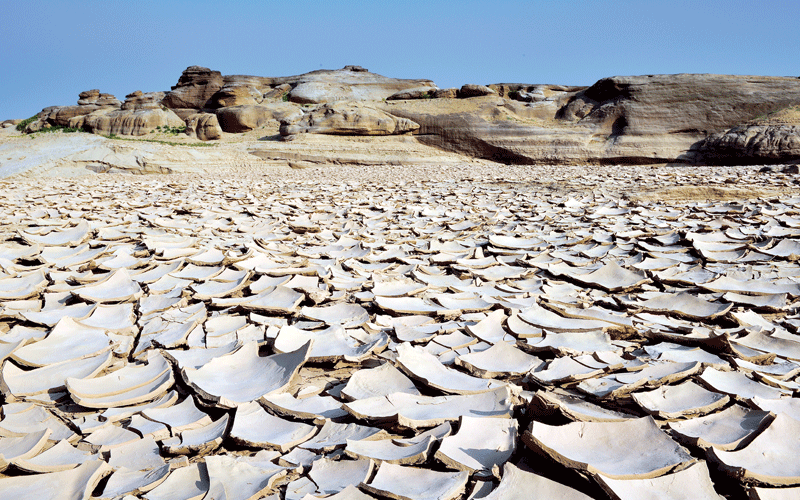Protecting environment is a collective effort
By Phyllis Wakiaga, October 14, 2020Although development has brought about socio-economic advancements, it has come with disadvantages to our planet.
Development has resulted in economic empowerment through job and wealth creation, increased production, which ensures we meet our everyday needs and efficient systems, such as transport and logistics.
On the other hand, it is causing climate change and environmental degradation.
Economic and population growth continue to be the biggest contributors of carbon emissions into the planet and waste generation.
If left unchecked, it will have a direct impact on our planet, income and livelihoods, globally.
Internationally, extreme weather events such as hurricanes, wildfires and droughts have driven people out of their homes.
They have disrupted supply chains, jeopardising livelihoods in the process.
Locally, we have seen lakes in the Rift Valley rising higher than normal, displacing families and causing businesses to close.
This has been attributed to human activities, among them, deforestation. For Africa, the effects could be worse, considering that as a continent, we heavily depend on natural resources for our economic growth.
This applies to Kenya, where agriculture is the backbone of our economy, with the largest sector of manufacturing being Food and Beverage, which comprises, among others, agro-processing.
This shows environmental degradation and climate change are not just emerging threats, but growing and undeniable realities we are currently facing.
Therefore, we must all act now to mitigate it and save ourselves from facing nature’s wrath.
Different countries are putting in place a raft of measures to protect their citizens from the adverse effects of environmental degradation and climate change.
China, for example, put in place measures that saw its carbon emissions fall by 250 million tonnes over the last three decades, with its emission growth rate currently at half of its economic growth rate.
This was achieved through energy efficiency improvements, fuel switching from coal to natural gas, and afforestation.
It is important to note that a multi-faceted approach, involving all stakeholders – from industry, government, environmentalists and the general public – is key in mitigating climate change and environmental degradation.
Kenya is one of the countries that has placed obligations on utilities to meet energy efficiency and saving targets, some of the ways through which we aim to mitigate climate change as a country.
However, even with this, policy measures such as financial incentives and information and capacity building programmes are still limited.
To encourage industries to embrace green growth, the government needs to recognise that both industrial and environmental policies go hand in hand.
For example, to encourage mitigation action and environmental conservation among manufacturers, the government can integrate climate and development policies, provide an implicit price of carbon to create incentives for producers and consumers to significantly invest in low greenhouse gas emission products, technologies and processes, and give support through financial contributions, tax breaks as well as technology development, innovation and deployment.
Kenya stands tall on the global map as a leader in geothermal energy. Even with the diversified electricity mix in favour of renewable sources and the majority of the power from our national grid being from renewable energy, we still need to make more effort towards a green economy.
Now more than ever, we must all take action to protect our environment, especially because this is the last decade of action to achieving Sustainable Development Goals (SDGs).
It is all our responsibility to save the planet for our future generations. The writer is the CEO of Kenya Association of Manufacturers and the UN Global Compact Network Representative for Kenya — ceo@kam.co.ke
